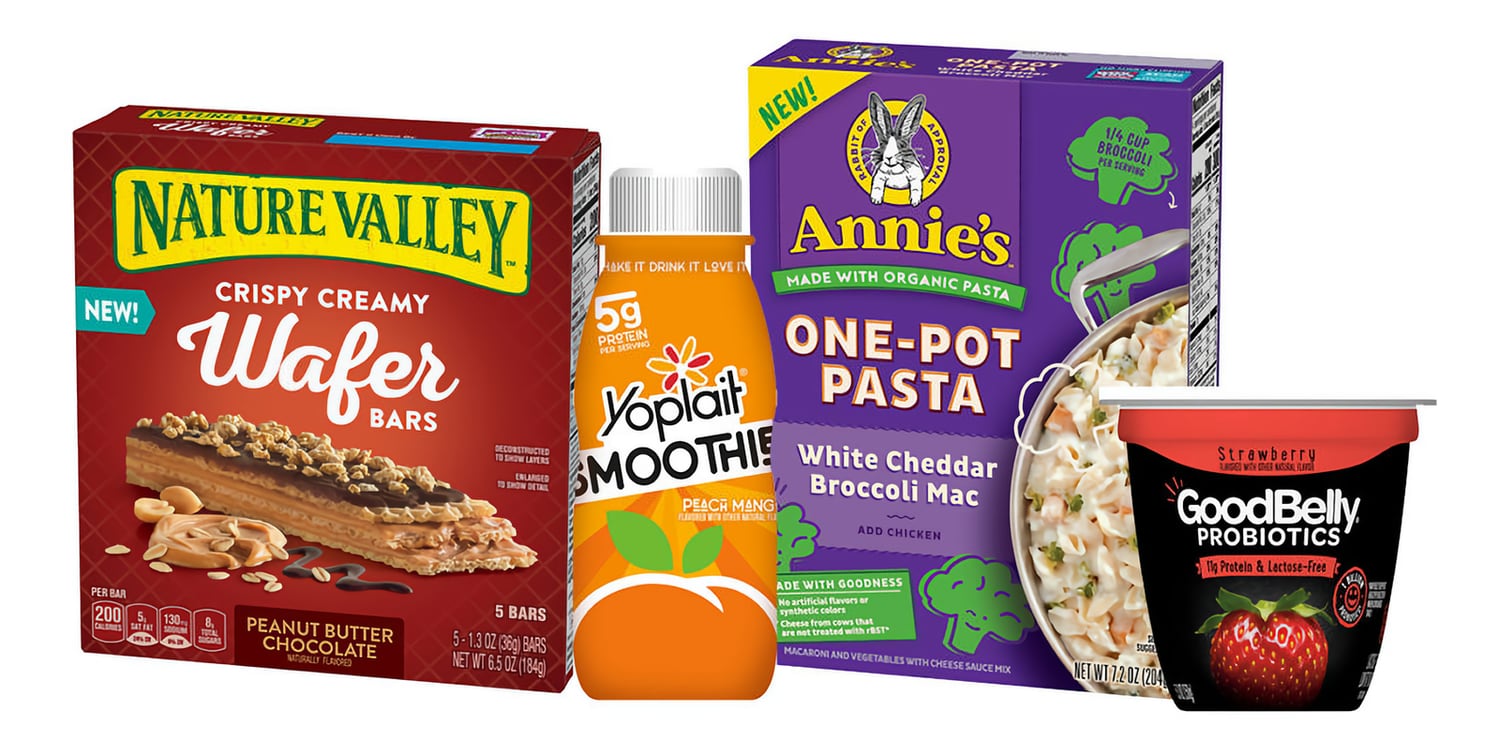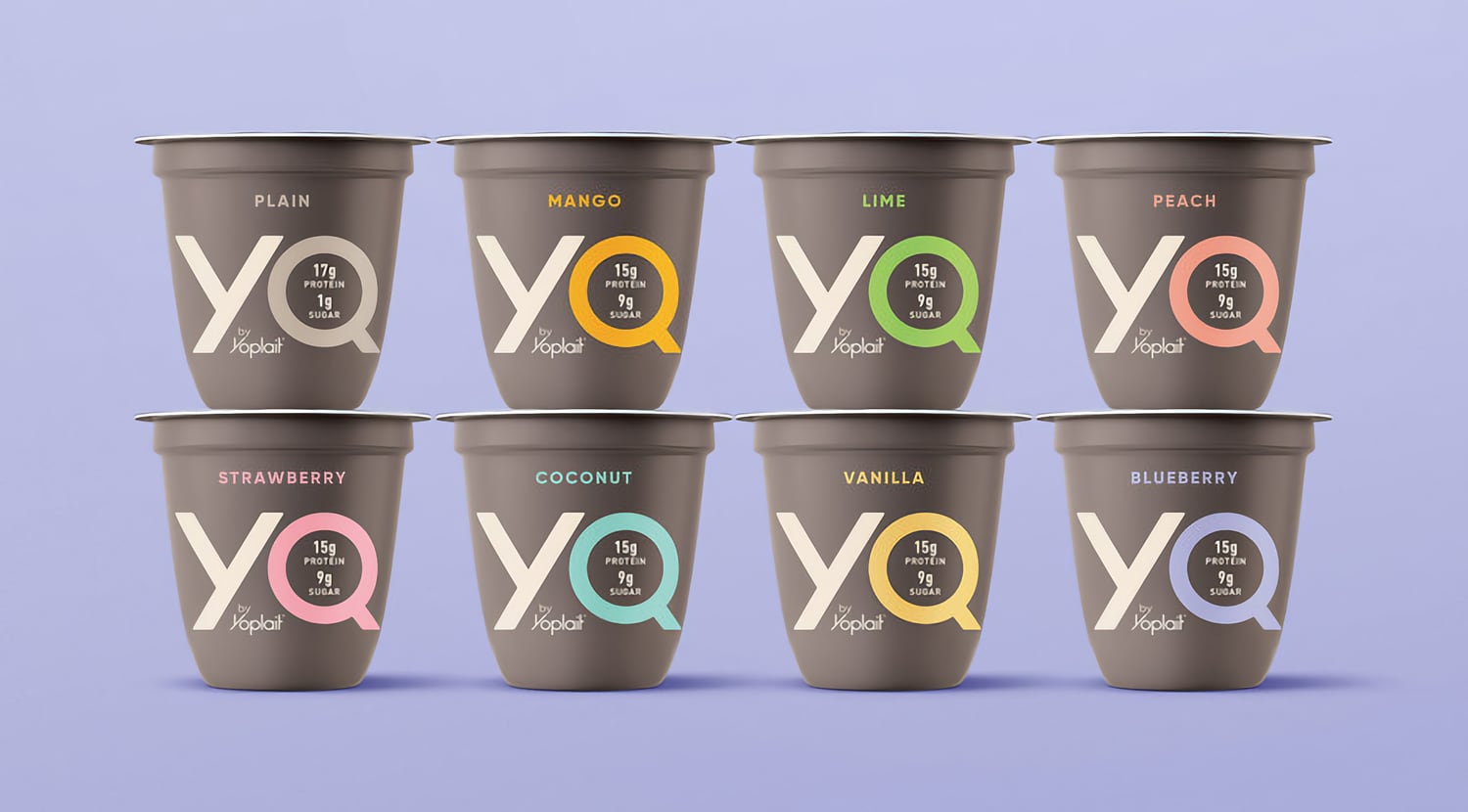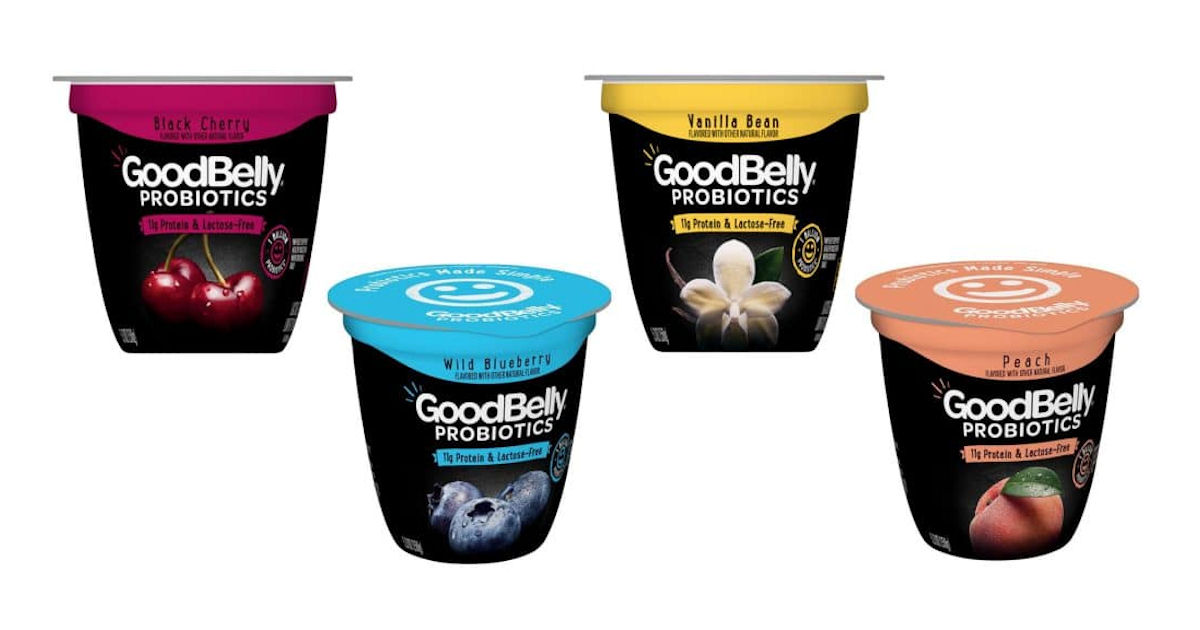The launches of new products by market leaders in recent years demonstrate the new approach of companies to innovate. Manufacturers are adopting a mindset that promotes pace over perfection in product development. Let’s try to figure out why this strategy might work.

Bring the future closer
“In the past, it took us two or three years to release a new product, the trend had time to go out of the market,” the president of the North America Retail group “suddenly announced” during the annual investor day in 2019. As a result, part of the launches did not live up to expectations, and the company’s growth indicators were perceived negatively by shareholders.”
This situation could not continue forever, especially since FMCG has been constantly in turmoil in recent years. Regular alarms did not end with a pandemic, but they drew the attention of manufacturers to the need to look for growth windows where manufacturers had not previously concentrated much attention. For some players, it was a difficult choice to make. Today, however, all eyes are on those who have succeeded.
For example, it took General Mills two years to rethink its manufacturing and marketing strategy. Whereas previously the R&D stage rarely took less than three years, thanks to the customer-facing design process, the manufacturer was able to move from an idea to a product on the market in less than a year. In addition, a focus on trends that will become relevant in a few years has come to the fore in strategic planning.
An example is Nature Valley’s crunchy creamy waffle bars, which have quickly taken over retail shelves. While it’s too early to draw conclusions, wafer bars made from light and crunchy whole grain wafers with layers of peanut butter and a crunchy muesli filling have off to a good start. Convincingly, they kept in retail all summer and autumn of last year. So the intermediate results turned out to be very encouraging.
The company claims that the innovation «provides a differentiated experience of a complex, but understandable texture for the consumer.» And the latter vote for their favorite novelty with their money. And not only for the Nature Valley brand. In the portfolio of the food market giant, we have found other successful examples of an updated approach to the release of new products.
General Mills’ new strategy includes rapidly distributing new products to test markets, gathering consumer feedback, and instantaneous iterations to improve its offering for the new product’s format, texture, and taste as close as possible to consumer expectations.
Similarly, the company previously introduced its YQ by Yoplait yogurt, which has ultra-filtered milk with more protein and less sugar than traditional Greek-style yogurts. Once again, based on early feedback, the manufacturer has successfully demonstrated that it can both improve the taste and redesign the packaging to more effectively communicate the benefits of the product, thereby spurring consumer demand.
Bottom line: the product is on the shelf, and the market leader has focused on raising consumer awareness of the benefits of protein, active promotions in stores and digital support for YQ by Yoplait.
«Almost IT…»

The pace of product innovation today is a key element for the growth of food and beverage companies in North America and Europe. Starting from 2021, almost all market leaders, and in addition to General Mills, these are Coca-Cola, Kraft Heinz, Danone, Kellogg’s and others, have announced changes to their production and marketing strategies.
Companies are now refocusing on accelerating their own product programs for innovative food and beverages. To win in their markets, it has become vital for manufacturers to step up their product innovations. And where difficulties arose (the previously beloved statement “it’s impossible” has become generally toxic), adjust business processes and / or management approaches.
Changes were required primarily because consumers demanded them. Experts have noted since the beginning of the pandemic that under stress, consumer tiredness occurs faster. And Datassential’s study only confirmed that three-quarters of US adults are regularly looking for new ideas in the field of food and beverages.
Therefore, the situation, when in 2020 the number of new food and beverage products that appeared on the shelves of retail chains and convenience stores suddenly fell by 29% (data from an IRI study) compared to the previous three-year average, sooner or later had to end. It has become vital for food manufacturers to innovate, and in line with new macroeconomic trends and emerging narratives in recent years.
Leaders are trying to focus on high-potential product segments first, especially those that see Millennials, Zetas, and high-income households as their customers. Long-standing macroeconomic trends, including ease of use, naturalness and, at the same time, maintaining health and wellness, continue to be the driving forces of the market for the coming years. Now, these factors have been added to the speed of innovation.
Of course, with this approach, the functionality of the product can be questioned. However, for companies with a strong analytical department, technologists and marketing, the risks are negligible. Moreover, external expertise on the market is offered by a large number of different institutions — from highly specialized industry consulting to broad curatorship of trends. Most of the reports on current trends are published in the public domain, and global macro and micro trends are a favorite topic of any industry conference.
If it is very drawn, it resembles the approach of IT companies, when the MVP prototype is launched as quickly as possible, and then finalized based on feedback from users. Ultimately, the manufacturer pays off the development faster, although the product may be far from perfect.
The last love of investors

Startups in the food and beverage industry with a clear strategy to conquer the shelf are still attracting the attention of investors. Major players are constantly looking for breakthrough ideas, and startups that are able to offer them make impressive deals, significantly strengthening their own position and status in the market. Even in the pandemic year of 2020, this trend did not stop.
Moreover, it was in 2020 that a new maximum was reached in the field of M&A. Food and beverage companies raised $5.9 billion in equity funding, up 82% (!) from $3.2 billion a year earlier. If such an acceleration in 2020 was a sign that the industry was working to diversify its supply chains, then in the post-pandemic era, the main demand was to eliminate bottlenecks in the current food system.
Industry funding has focused on sustainable food production practices such as developing alternative proteins, reducing food waste (we detailed the upcycled foods trend in a dedicated report), reflecting growing consumer demand for healthy innovations in traditional segments and sustainable products.
Although the number of transactions grew by only 8% compared to last year, the average size of transactions increased. Significant investments have been made in companies such as protein developer Geltor, plant-based food maker Impossible Foods, and non-dairy milk company Califia Farms.
By the way, the manufacturer of meat snacks Epic Provisions, which literally «broke» the market recently with its novelty — high-protein snacks Epic Rise & Grind Bars, combining meat, egg yolks and fruits — is itself a participant in the M&A deal. Four years earlier, the aforementioned General Mills acquired this promising Texas startup less than three years after the company was founded, which in itself was an atypical deal for any market player. The intrigue has survived to this day — the amount of the transaction remains unknown.
Today, innovative Epic bars are in stable demand not only for a quick snack, but even for a full breakfast. New additions to the fast-growing sub-segment of the healthy meat snack market, providing a steady stream of food innovation (see our feature report), are now mega-popular with retailers like Whole Foods, Sprouts and Natural Grocers, as well as specialty sports retailer REI.
The bet on speed at General Mills has already borne fruit — the brand’s position has noticeably strengthened. But the aspirations are even stronger.
Hopes and expectations

The choice in favor of acceleration for manufacturers is obvious. For example, if earlier at General Mills only about 10-15% of all innovations remained on the market for more than three years, then over the past year, which brought in $10 billion in net sales, their share was already 60% of the total.
Some of the exciting additions to the portfolio include Yoplait yogurt smoothie, GoodBelly Probiotics yogurt, which offers a modern approach to digestive health with probiotics, the new Annie One-Pot pasta with organic pasta in vegetable sauce and YQ by Yoplait protein-fortified yogurt, and more.
The leaders of the new approach believe that in order to succeed in the market, a company must have a large funnel of ideas. And rapid growth is driven more by the way General Mills is now innovating. Suffice it to say that the venture division of food holding 301 INC is simultaneously launching six (!) advertising support options to increase awareness of new products among buyers. With a focus on digital channels and social media.
The reality is, according to a company that has opted for quick smart solutions, that the manufacturer is ready to “take the hit” if something does not work, reallocating resources to those products that have proven their worth.
YQ is a great example. As soon as the company felt that the novelty had potential — management honestly admits that at first everyone was «a little crazy» — doubts disappeared. The manufacturer focused on improving the packaging so that through it the benefits that the product provides can be presented, while technologically improving the brainchild born of the new strategy.
From the outside it looks a bit like juggling. But General Mills believes innovation is critical, especially in many large categories that haven’t seen major breakthroughs in decades. Therefore, now all divisions of the manufacturer are extremely focused on getting to the market faster and really catching the “right trends”.
But if we are already talking about the preference for pace over perfection, it will not be superfluous to recall the old proverb: «Pace is needed, but haste makes waste.»
